When the crepe myrtles start to bloom, I know that the end of summer is approaching. As I start to turn towards fall planning, I thought that an overview of the ministry of St. Andrew's was worthwhile to write.
Almost a year ago our long range planning committee, the Joel Committee, submitted to the Administrative Council its report concerning where God was leading St. Andrew's UMC. The Council has since then been considering, prioritizing, and acting on that report. In short, the Council prioritized 8 items on which to focus its attention. Some of the items are visionary. Some are very practical. Here they are in order of priority as set by the Council with my own commentary.
1. Disciple Development. This emphasis calls each person and each group within the church to consider how they are offering Christ to people, and deepening the Christian walk of existing disciples. I often think of this with the baseball analogy of advancing base runners.
2. Hospitality. This goal asks St. Andrew's to model the welcome of Christ. Hospitality is also welcoming the stranger and recognizing that the stranger brings blessings and gifts. In true biblical hospitality the roles of guest and host often switch.
3. Be a Light to the Neighborhood. This visionary goal is biblically rooted in the call of Israel to be a light to the nations, and the teaching of Jesus to not hide your light under a bushel. This goal is also rooted in St. Andrew's origin and history in this neighborhood.
As a matter of priority, the Council drew a line in pencil here. The top three goals are the most substantial, challenging, and promising avenues for ministry. Rather than try to accomplish everything at once, the Council chose to focus on the top three. The following five goals are still before the council. These get discussed and prayed for. They are not on a back burner, but they do get viewed through the lens of the top three.
4. Emphasize Seniors. Our elders continue to grow in faith and have gifts to offer for the ministry of the Church. Multi-generational ministry, health and wellness, transportation, and the homebound are all areas of interest for St. Andrew's and its seniors.
5. Missions. Our local and international outreach has been and will continue to be a strength and pillar of St. Andrew's. Missions are not only a means to fulfill the will of Christ, but missions are also a way of proving faithful witness to an unbelieving world.
6. Emphasize Youth. Our aim here is not to keep youth ministry in a silo unto itself, but to integrate our future leaders now. Our youth are also in the position to combine several of our overall goals such as mission, neighborhood involvement, and disciple development.
7. Multi-generational Ministry. Discipleship has always involved mentoring relationships. Plus, nothing keeps one young like working with children and youth. This item highlights the mutual benefits available to all age-groups when we plan and conduct ministries together.
8. Emphasizing Family Through Baptism. Baptism joins us in Christ and helps us know the best sense of what it means to be family, both through biology and through faith. In an age of broken, abusive, and atypical family structures, the Church can provide a holy sense of belonging, nurture, and growth for everyone, no matter what the biological family background.
I invite you and whatever groups you may be a part of in the church to consider how you might direct your efforts with these goals and intentions of St. Andrew's.

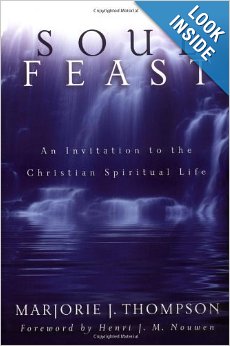

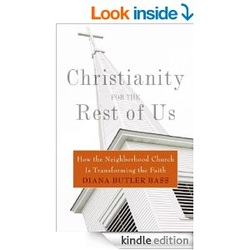
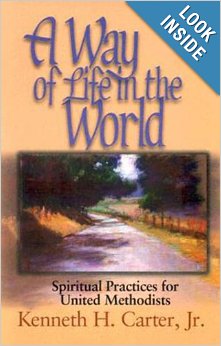
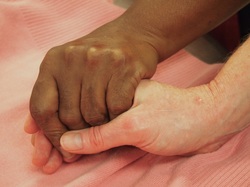
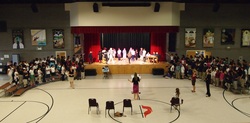


 RSS Feed
RSS Feed